The Fourth Industrial Revolution
Jeremy Rifkin, the author of “The Third Industrial Revolution”, published in 2011, composed the overarching idea of an industrial revolution. Rifkin analyzed the first Industrial Revolution, which took place in the 19th century, as a phenomenon which resulted in an economic revival led the collaboration of coal and steam engines and communication methods, such as print. He also took apart the second major industrial revolution in the 20th century, accounting it for being responsible for the rapid economic growth that occurred from the combination of oil resources and electric power with other kinds of communication methods, telephones and televisions.
However, in the 21st century, with the reindustrialization of China and a spike in oil prices, Rifkin wrote about the end of the era of oil energy, mentioning the limitations of fossil fuels in leading another dramatic economic growth.
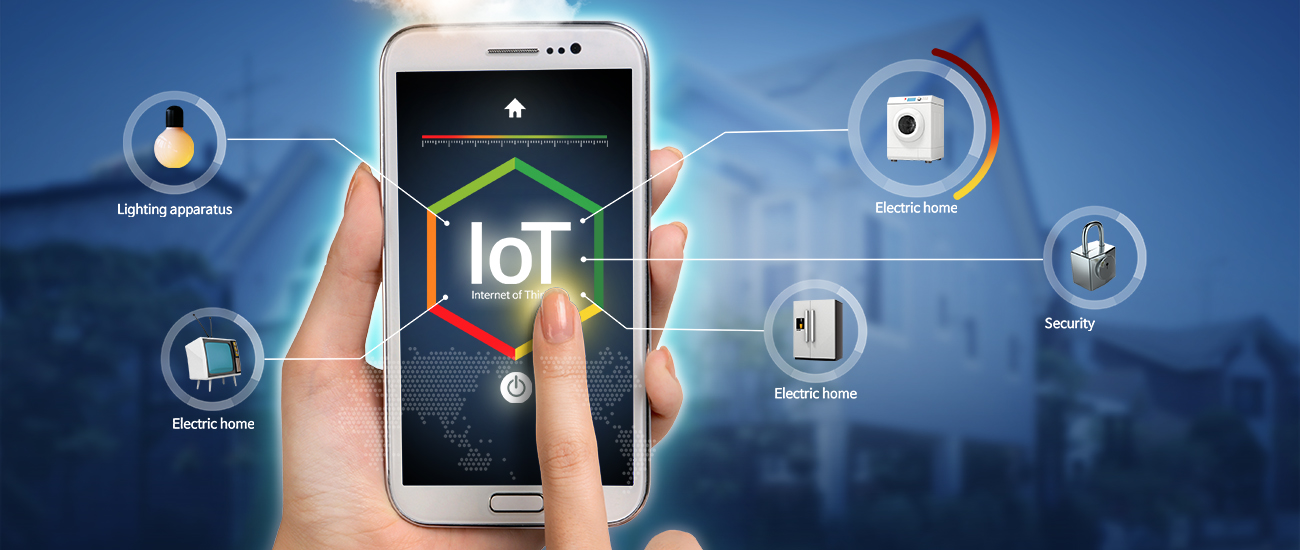
Rifkin diagnosed a change in the economic paradigm to new energy systems, such as solar and wind power energy. He also asserted that the 21st century economy will spark the third industrial revolution, dominated by a new system, which involves communicating through the internet based on bio-energy.
When the industry evolves to become an IoT-based smart factory and combines operation stages, such as product development, production, and distribution – ICT can innovate productivity, quality, production cost and even customer satisfaction, which possibly could lead to another economic revival. According to Jeremy Rifkin’s standard of classifying an industrial revolution, the fourth industrial revolution can be included to become a part of the third industrial revolution.
The World’s Industrial Revolution
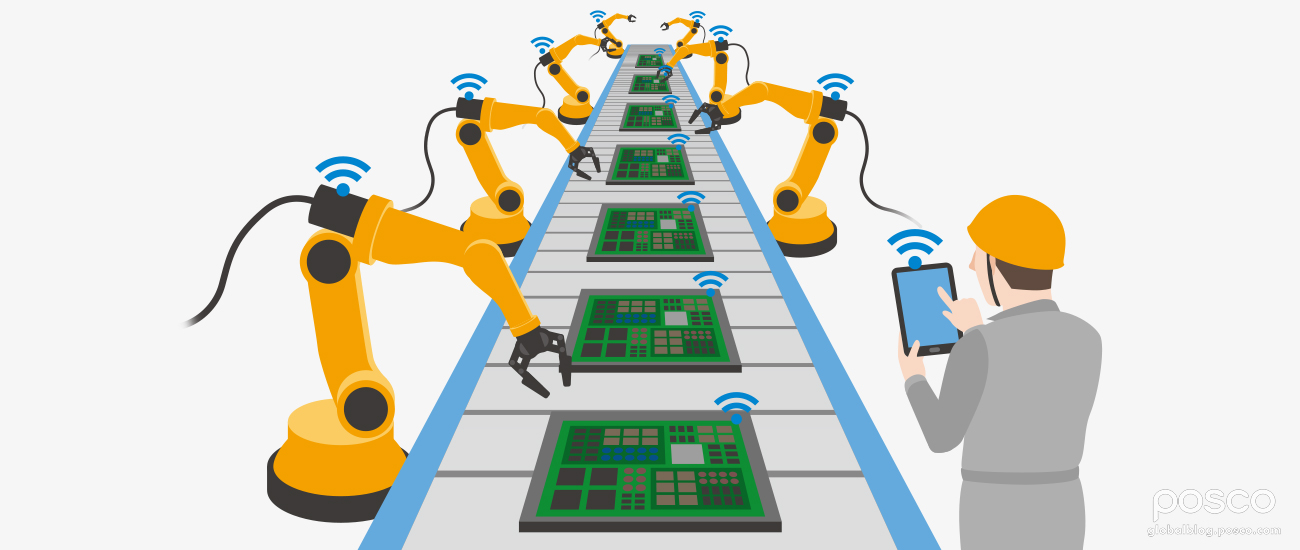
The Ministry of Education and Science in Germany strived to seek for an innovative industrial output system that could solve the country’s current issues: overcome small businesses gradually losing competitiveness, cope with the revival of the United States’ cutting-edge manufacturing and chase China’s emerging capabilities of manufacturing. As a result, it came up with a new concept called “Industrie 4.0”. Germany adopted the idea as a national industrial strategy.
“Industrie 4.0” uses a cyber-physics linked system that enables an industrial facility’s digital factories and automatic factories to share every piece of operating data and predict the optimal operating condition.
This new concept of a smart factory system has gained the attention of many experts, and also became the model of the predicted fourth industrial revolution in this year’s Davos Forum. Klaus Schewab, the executive chairman of The World Economic Forum, asserted that when Germany’s “Industrie 4.0” model’s artificial intelligence is combined with genetic engineering, the basis of industry will change into an entirely different form, which will trigger the fourth industrial revolution.
Aside from this, the United States’ General Electric (GE) has started providing facility management services to their clients by installing sensors on the industrial facilities they produce, and have developed industrial internet technology to monitor and manage its facilities’ status in real time. This system allowed manufacturing businesses to become more than just a facility producer and provide a service that analyzes the existing conditions of facilities.
As the concept of smart factory system that adopted GE’s industrial internet technology and Germany’s cyber-physical system received a remark as an innovative case in manufacturing business, every government is starting to emulate such concept as their strategy to future industry.
Although the technology to automatically adjust facilities according to a product’s demand variation is commonly shown in cutting edge manufacturing factories, most of them are focused on mass production. When the quantity of the order is small, the production facilities’ conditions change and replacement of the components occurs frequently. Even the condition of the ingredient changes. This will lead to an increase in cost and a decrease in productivity.
Changing the quantity of production does not solve the problem, however. From receiving orders, raw material supply and demand, adjusting the facilities at each step, distribution within the factory to the supply chain – every step has to change according to the kinds and quantity of the products. Each stage has to share data to find the best production settings and minimize the possibility of error.
As the market evolved into the direction to provide personalized products for each customer, the industrial world faced a difficult task of selecting smart factories with flexible production systems.
POSCO’s Smart Factory
It is easy to imagine that the steel industry, which is classified as a sub-industry, will follow the traditional manufacturing method. However, the steel manufacturing process has been filled with equipment that continuously produces products in high-temperature and high-pressure environments, and has applied automatic operation methods from early on. The workers who were once in danger of working too closely to the equipment are now in charge of monitoring the operation of these facilities.
POSCO is already planning to turn the whole steel production process into a 21st century smart factory, and plans to complete a project that will convert all fields of equipment, quality, energy and safety management into the new system by 2017.
Smart Factory, a futuristic steelmaking process pursued by POSCO, is a factory that collects data in real time through an Internet of Things (IoT) sensor installed at factory facilities that operates autonomously. The collected data can be used for real time diagnoses and forecasts of the facility’s conditions, thereby maintaining a stable operating environment and also extending equipment life.
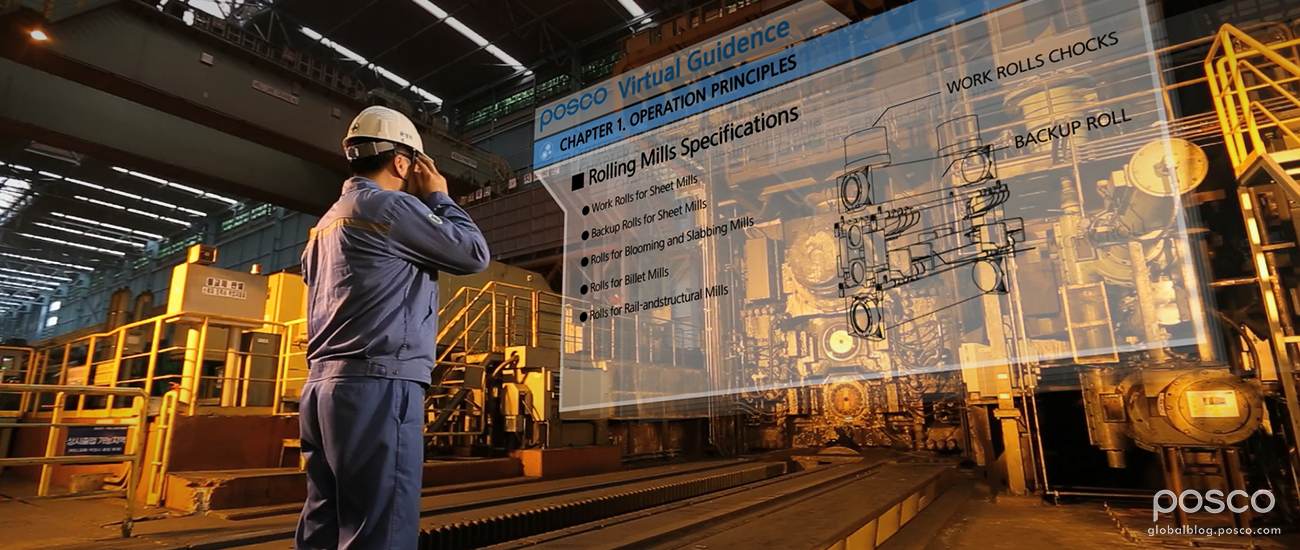
When the POSCO Smart Factory is realized, the facility management department will be able to analyze the facility’s information, such as sensor information, inspections, repairs and faults in the integrated center. Through a smart sensor that can check the operation status of the facility in real time, thus extending the service life by predicting and taking measures in advance. The worker wears wearable equipment to receive drawing information, and carries out the disassembly and assembly procedures of the equipment, so that perfect maintenance is possible.
In the production management sector, production is automatically determined by an unmanned intelligence system that analyzes field conditions such as quality, energy, and environment, separate from the production methods that depend on expert experience. Thus, by integrating an analysis of equipment-material-quality data and deriving the optimum operation pattern, it is possible to improve production efficiency and quality in sub-unit work.
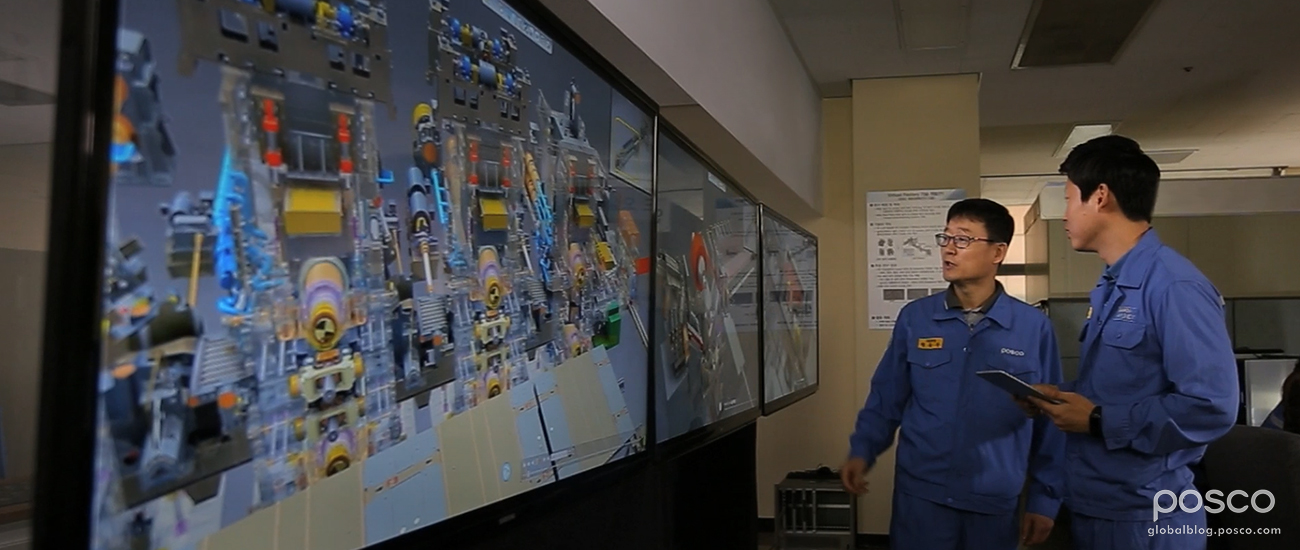
In the quality management department, real time quality control is possible by monitoring all production processes. Because it is a continuous process that cannot be interrupted, it collects and analyzes factors such as equipment noise, vibration and temperature affecting the current quality to predict the possibility of failure. It also foresees the working conditions of the downstream process to prevent quality defects.
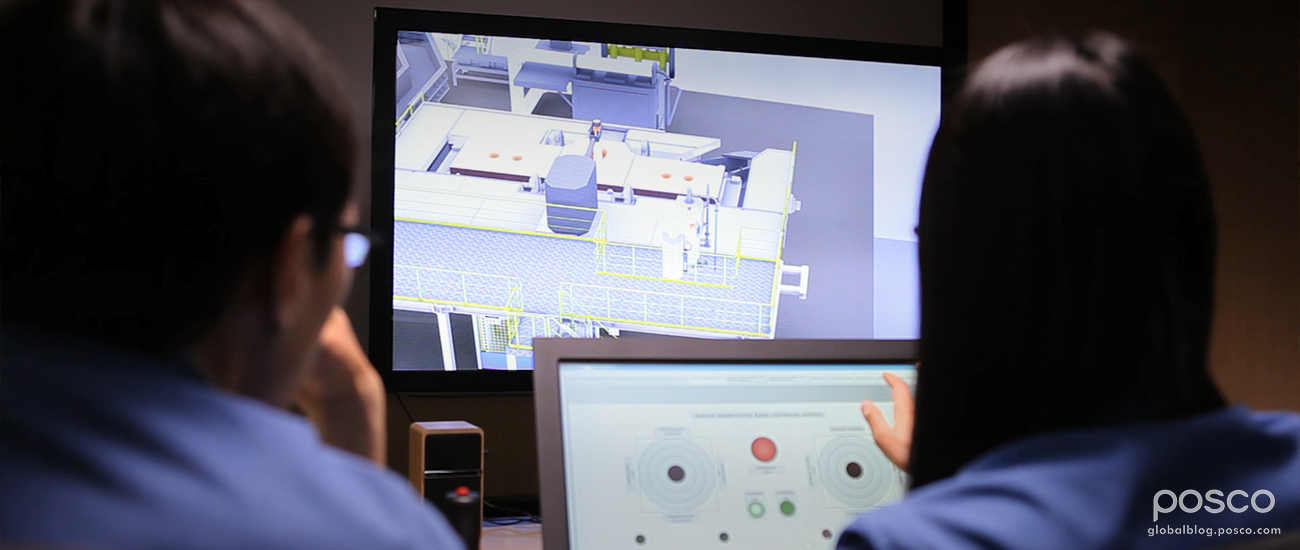
In the logistics management department, it will be possible to automate the entire process of transporting and storing materials and products within the production plant. From the unloading of materials to be imported, and thereby improving the efficiency of logistics management, the process will improve productivity and play a role in reducing costs. In addition, POSCO has built an automatic product recognition system to monitor the entry and exit management of products, until they are shipped from the factory and finally reach the distribution bases and customer warehouses.
In the environment and energy sector, harmful substances such as dust, sulfur and nitrogen compounds that are generated in factories are completely removed by a high-plasma method, and an eco-friendly plant is implemented. By analyzing energy consumption by plants and specific processes, POSCO aims to apply the optimal energy usage pattern.
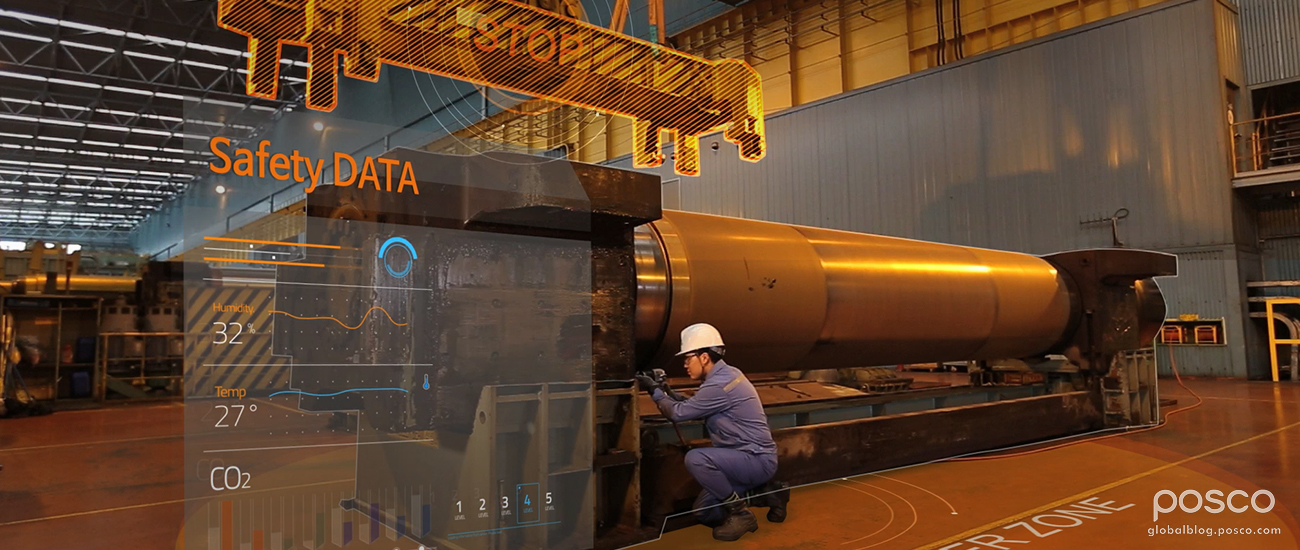
The smart factory system also enhances safety standards. The safety management system automatically identifies workers approaching dangerous areas and prevents accidents by warning them in advance, recognizing life-threatening situations such as fires, explosions and gas leaks through sensors or CCTV images attached to the facilities.
In the facility engineering department, we can create a digital virtual factory for each plant and simulate the equipment and operation changes like the actual factory. This optimizes product design and saves costs and time by analyzing and customizing a new facility’s performance beforehand. Various kinds of test operations can be attempted at a virtual factory, so finding the optimal production condition for the actual factories will be one of its crucial advantages.
The smart factory that POSCO pursues is a state-of-the-art 21st century factory model incorporating all forms of innovations, including: IoT, Big Data, computer simulation, advanced robots, augmented reality, cyber security, integration of production and management systems and artificial intelligence. It can serve as a model for upcoming smart factories that will eventually appear in the steel industry, as well as in other industries all over the world. Because of its transformation into a smart factory, POSCO is expected to play an active role as an industry leader in pioneering future civilizations as it constantly keeps producing new steel products that provide new value.
Written by science technology columnist Dr. Junjeong Lee
The opinions expressed in this POSCO Report piece are the author’s own and do not necessarily reflect the views of POSCO.
